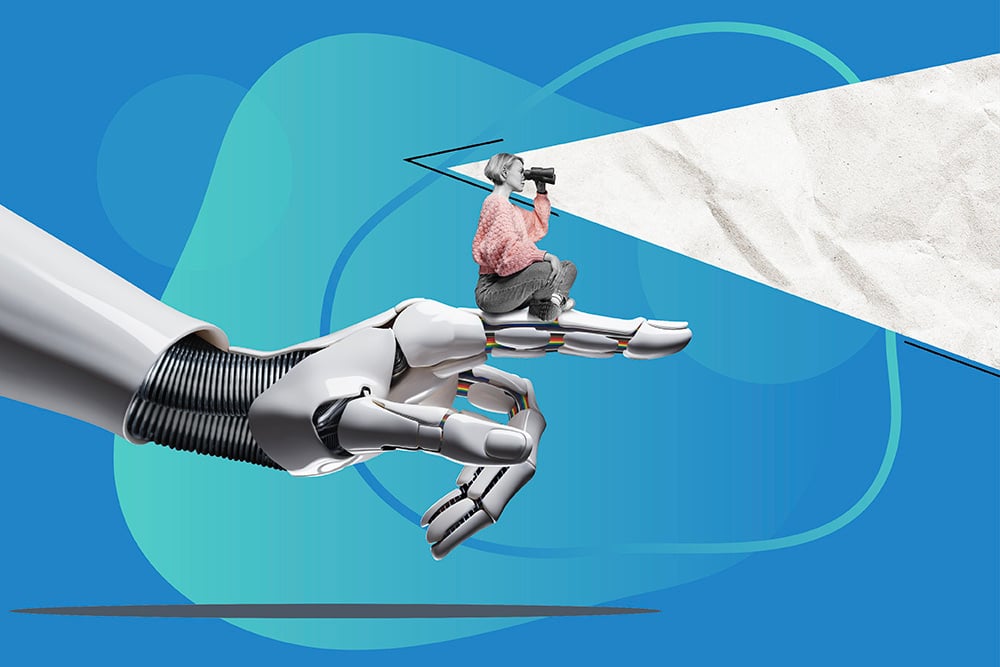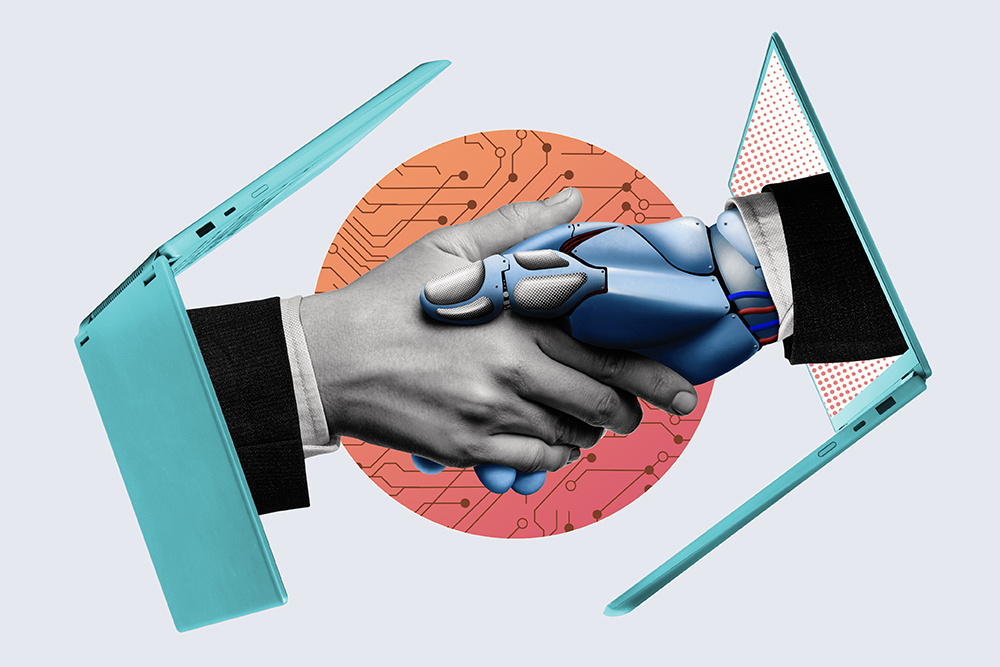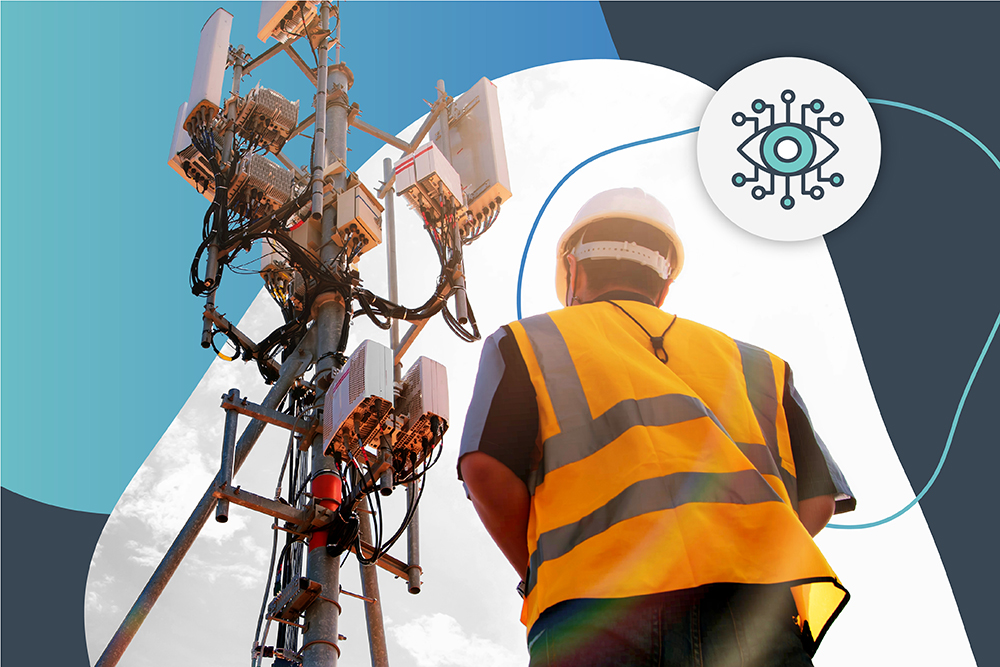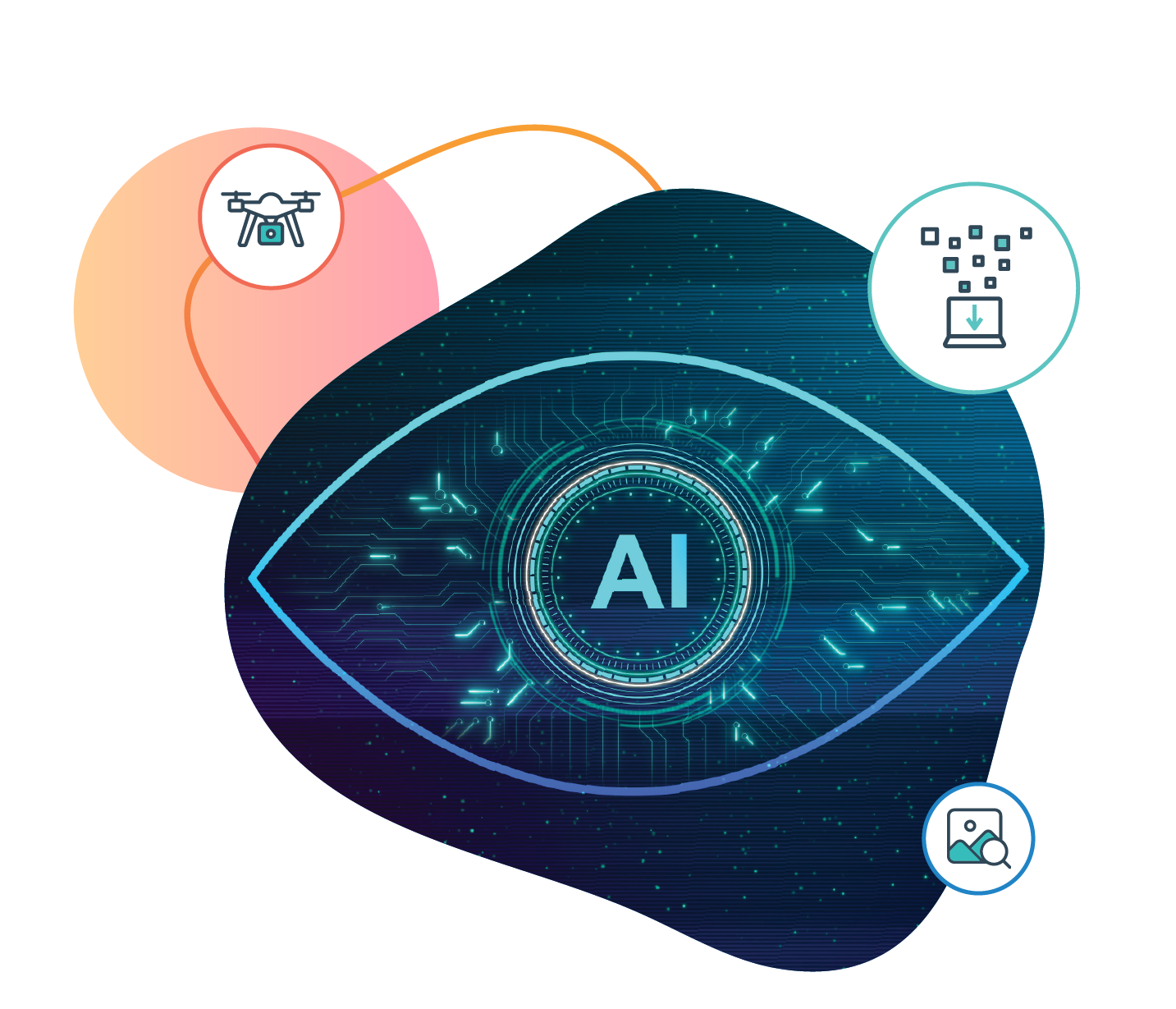The Top Trends in Computer Vision Technology
Computer vision isn’t just another AI-related buzzword – it’s fast becoming a vital part of different industries and our daily lives. Advances in...

Computer vision is a field in artificial intelligence (AI) that has undergone significant advancements over the past few decades. Scientists and engineers have been exploring the idea of enabling machines to "see" and understand visual data for quite some time.
But today, computer vision is utilized across many different sectors, bringing innovation, exciting technological advancement, and optimization.
In this post, we answer the most important questions surrounding computer vision – what it is, how it came to be, and how it's used throughout different sectors and industries.
What is computer vision?
Computer vision is a field of computer science that allows machines to interpret and understand the visual world. The process involves the development of algorithms and techniques that enable computers to pinpoint crucial information from digital data-like images or videos.
The ultimate goal of computer vision is to replicate human vision capabilities in machines to allow them to perceive, analyze, and make decisions based on visual data. The process involves utilizing computer vision to train machines to interpret visual information through different methods:
These methods help computers to recognize and categorize objects, understand their spatial relationships, and follow their movements over time. With the advancements in artificial intelligence (AI) and machine learning (ML), computer vision leads to the development of sophisticated systems capable of performing complex visual tasks and detecting anomalies with high accuracy, speed, and no human errors.
The concept of computer vision began in the late 1950s with the development of the first digital image scanner. This technology allowed computers to convert images into grids of numbers, enabling them to recognize and process visual data. Around the same time, Lawrence "Larry" Roberts, known as the father of computer vision, explored the possibilities of extracting 3D geometrical information from 2D images.
Researchers delved into low-level vision tasks in the following decades, like segmentation and object detection. Multiple frameworks and methods emerged, including recognition-by-components, which suggested that objects could be recognized by breaking them down into their main components. As a result of the groundwork laid during this period, computer vision has advanced rapidly over the years.
In the 1980s, neuroscientist David Marr established the hierarchical nature of vision and introduced algorithms for detecting basic shapes like edges, corners, and curves. Computer scientist Kunihiko Fukushima developed Neocognitron, a network of cells capable of pattern recognition.
These advancements laid the foundation for convolutional neural networks (CNNs), which have become a popular choice for computer vision applications. In 2000, a shift to object recognition led to real-time face recognition applications. The availability of large-scale labelled datasets, such as ImageNet, propelled the progress of computer vision. ImageNet, with its millions of tagged images, provided a solid foundation for training CNNs and deep learning (a subtype of machine learning) models.
CNNs process visual inputs by analyzing pixels and identifying patterns to understand images. They perform a series of mathematical operations known as convolutions, which help the model to predict and interpret what it's seeing. In essence, CNNs are a class of deep learning algorithms specifically designed for processing structured array data – visuals like images. Their sophisticated pattern recognition capabilities enable high-quality results in computer vision tasks.
The application of computer vision is vast and diverse, impacting different industries. Let's explore some of the key use cases.
Telcos are leveraging computer vision technology to enhance their operations, improve infrastructure maintenance, and enhance customer experiences. One important application is the use of video and photo analytics for network monitoring and maintenance. By deploying computer vision algorithms, telcos can automatically detect and analyze network infrastructure, identify potential issues, and predict maintenance needs, thereby improving network reliability and performance.
The integration of computer vision in the telco sector optimizes operational processes and drives the development of new services and revenue streams. According to a report by Allied Research Group, starting from 2021, the value of AI in telecommunications is estimated to be $38.8 billion by 2031. With the continuous advancements in computer vision capabilities, telcos can develop their network infrastructure to provide better services to their customers and differentiate themselves in a highly competitive market.
The utilities sector employs computer vision in multiple ways. Smart meter installations ensure they are performed correctly. This includes checking unique reference numbers allocated to supply points and reading displayed data on the meter, as well as validating earthing cables to automate install health checks. In addition, computer vision can assist with automating meter readings, with more accurate and timely customer billing.
Remote asset inspections are augmented by quickly identifying issues or defects, often through the use of video footage captured by drones. These inspections can occur much faster than through manual review of this data, thereby reducing costs and human error.
Computer vision is also being used to analyze analogue meters and displays, taking the place of lengthy human inspections. The technology can recognize and continuously monitor analogue gauges, integrate readings into digital-enabled workflows, reduce maintenance times, and facilitate predictive monitoring and alerting potential equipment faults.
Computer vision coupled with sensors is revolutionizing the manufacturing sector. By leveraging this technology, critical equipment can be monitored and maintained more effectively. FANUC, a group of Japanese automation products companies, use computer vision software to detect potential problems in industrial robots, enabling predictive maintenance and preventing unexpected failures.
In the retail industry, computer vision is being used to improve customer experiences and streamline operations. For example, Walmart employs computer vision to track checkout theft and reduce shrinkage. Its Missed Scan Detection program uses cameras to identify scan errors and failures, alerting checkout managers for prompt action. Mashgin, another startup, is also leveraging computer vision for self-checkout systems, eliminating the need for barcodes and reducing checkout times.
Computer vision is transforming the agricultural industry by offering solutions for mapping, soil analysis, crop evaluation, and more. Startups like RSIP Vision and One Soil Platform are using deep learning and satellite imagery to estimate seasonal crop yields and monitor plant health. This technology helps farmers streamline their work and make data-driven decisions.
Computer vision has certainly had an impact, but what can we anticipate for the future in terms of new developments? There are a few emerging fields where computer vision is being utilized to help optimize, improve, and help advance new technologies.
In the past two decades, computer vision has evolved from a concept to a reality, transforming industries along the way. With advancements in neural networks, deep learning, and the availability of large-scale datasets, computer vision has become a powerful tool for visual automation. As AI technology continues to progress, introducing new types of AI applications, we can expect even more exciting use cases and breakthroughs in the future.
Want to learn more about Vision AI? Click here.

Computer vision isn’t just another AI-related buzzword – it’s fast becoming a vital part of different industries and our daily lives. Advances in...

5 min read
Computer vision applications are vast and varied, impacting industries ranging from manufacturing and automotive to energy and utilities. The...

Images have become a universal language. From documenting personal moments to powering professional tools, photos are now central to how we...